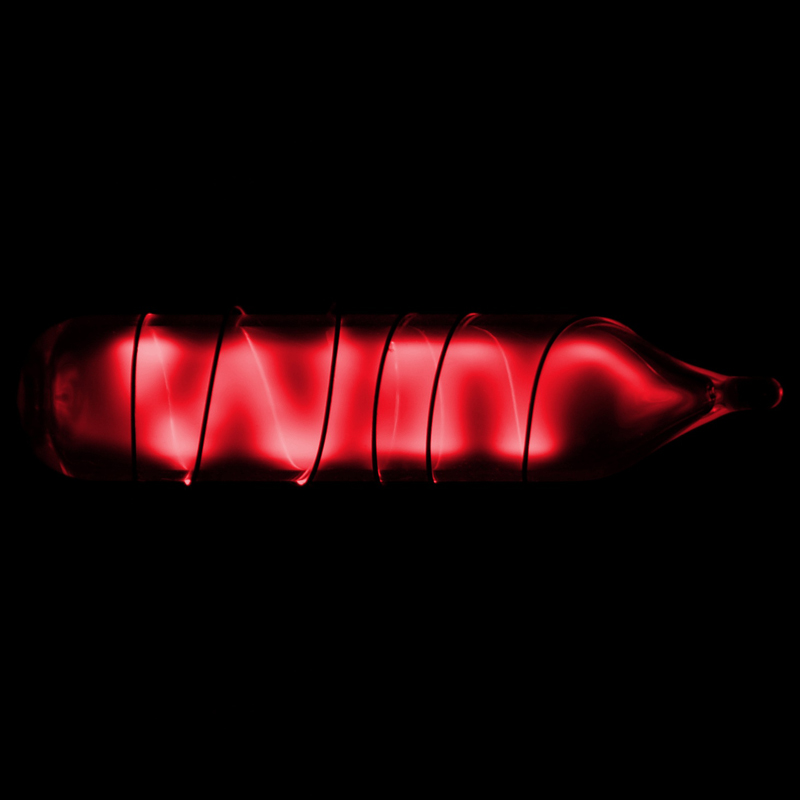Radon
86
Rn
Skupina
18
Perioda
6
Blok
p
Protoni
Elektroni
Nevtroni
86
86
136
Splošne lastnosti
Vrstno število
86
Atomska teža
[222]
Masno število
222
Kategorija
Žlahtni plini
Barva
Brezbarven
Radioaktivno
Da
The name was derived from radium; called niton at first, from the Latin word nitens meaning shining
Kristalna struktura
n/p
Zgodovina
Radon was discovered in 1900 by Friedrich Ernst Dorn in Halle, Germany.
He reported some experiments in which he noticed that radium compounds emanate a radioactive gas.
In 1910, Sir William Ramsay and Robert Whytlaw-Gray isolated radon, determined its density, and determined that it was the heaviest known gas.
He reported some experiments in which he noticed that radium compounds emanate a radioactive gas.
In 1910, Sir William Ramsay and Robert Whytlaw-Gray isolated radon, determined its density, and determined that it was the heaviest known gas.
Elektroni po lupinah
2, 8, 18, 32, 18, 8
Razporeditev elektronov
[Xe] 4f14 5d10 6s2 6p6
Upon condensation, radon glows because of the intense radiation it produces
Fizikalne lastnosti
Faza snovi
Plin
Gostota
0,00973 g/cm3
Tališče
202 K | -71,15 °C | -96,07 °F
Vrelišče
211,3 K | -61,85 °C | -79,33 °F
Talilna toplota
3 kJ/mol
Izparilna toplota
17 kJ/mol
Toplotna kapaciteta
0,094 J/g·K
Zastopanost v Zemljini skorji
n/p
Zastopanost v vesolju
n/p

CAS številka
10043-92-2
PubChem CID številka
24857
Atomske lastnosti
Atomski polmer
120 pm
Kovalentni polmer
150 pm
Elektronegativnost
-
Ionizacijski potencial
10,7485 eV
Atomski volumen
50,5 cm3/mol
Toplotna prevodnost
0,0000364 W/cm·K
Oksidacijska stanja
2, 4, 6
Uporabe
Radon is used in hydrologic research that studies the interaction between ground water and streams.
Radon has been produced commercially for use in radiation therapy.
Radon has been used in implantable seeds, made of gold or glass, primarily used to treat cancers.
Radon has been produced commercially for use in radiation therapy.
Radon has been used in implantable seeds, made of gold or glass, primarily used to treat cancers.
Radon is highly radioactive and a carcinogen
Izotopi
Stabilni izotopi
-Nestabilni izotopi
195Rn, 196Rn, 197Rn, 198Rn, 199Rn, 200Rn, 201Rn, 202Rn, 203Rn, 204Rn, 205Rn, 206Rn, 207Rn, 208Rn, 209Rn, 210Rn, 211Rn, 212Rn, 213Rn, 214Rn, 215Rn, 216Rn, 217Rn, 218Rn, 219Rn, 220Rn, 221Rn, 222Rn, 223Rn, 224Rn, 225Rn, 226Rn, 227Rn, 228Rn